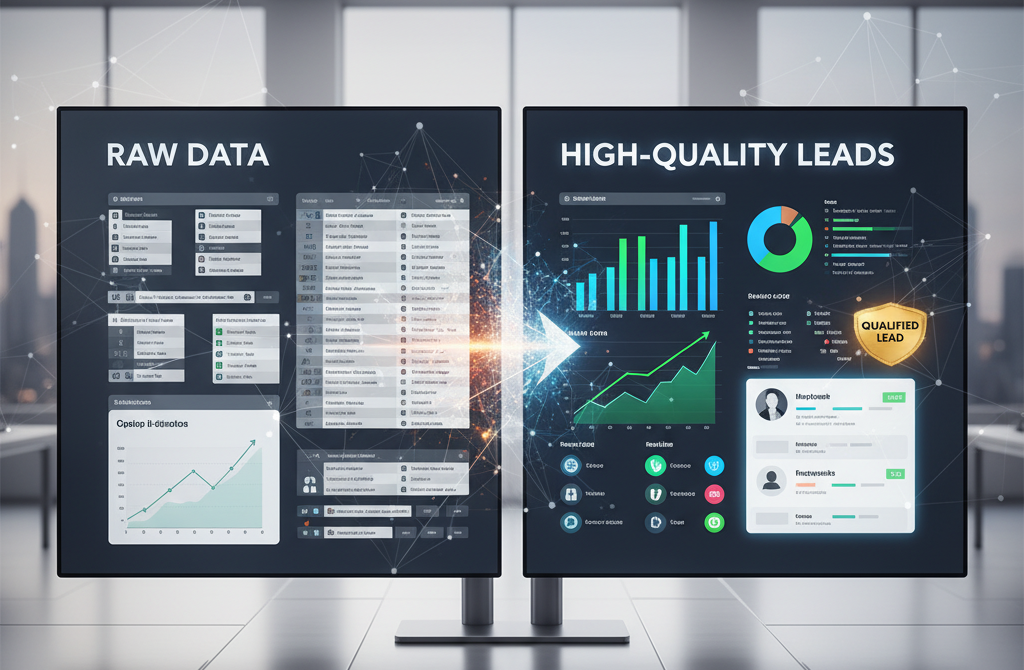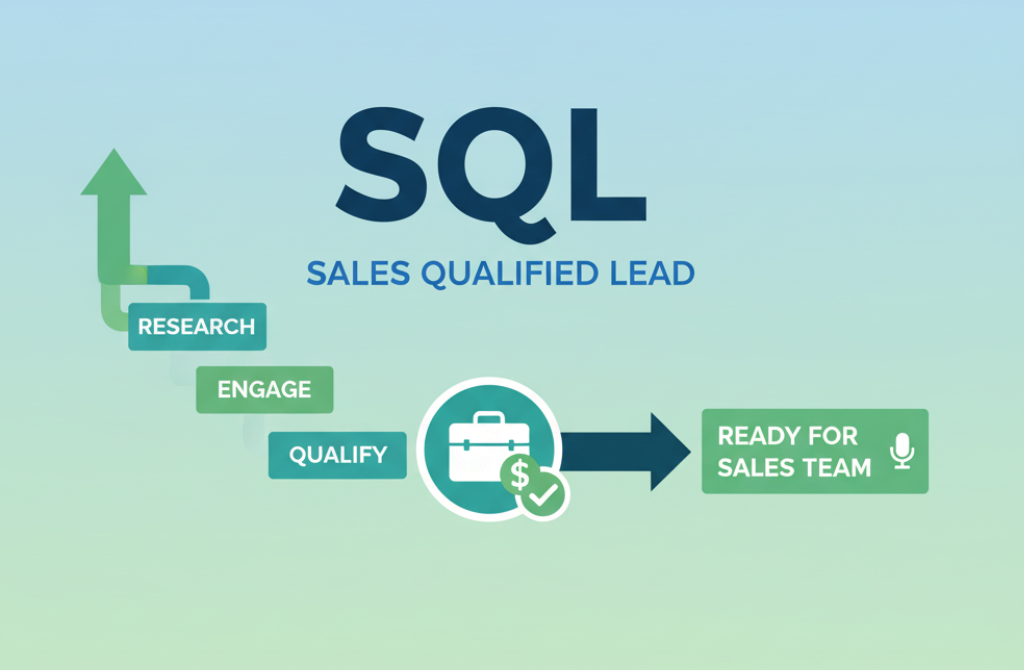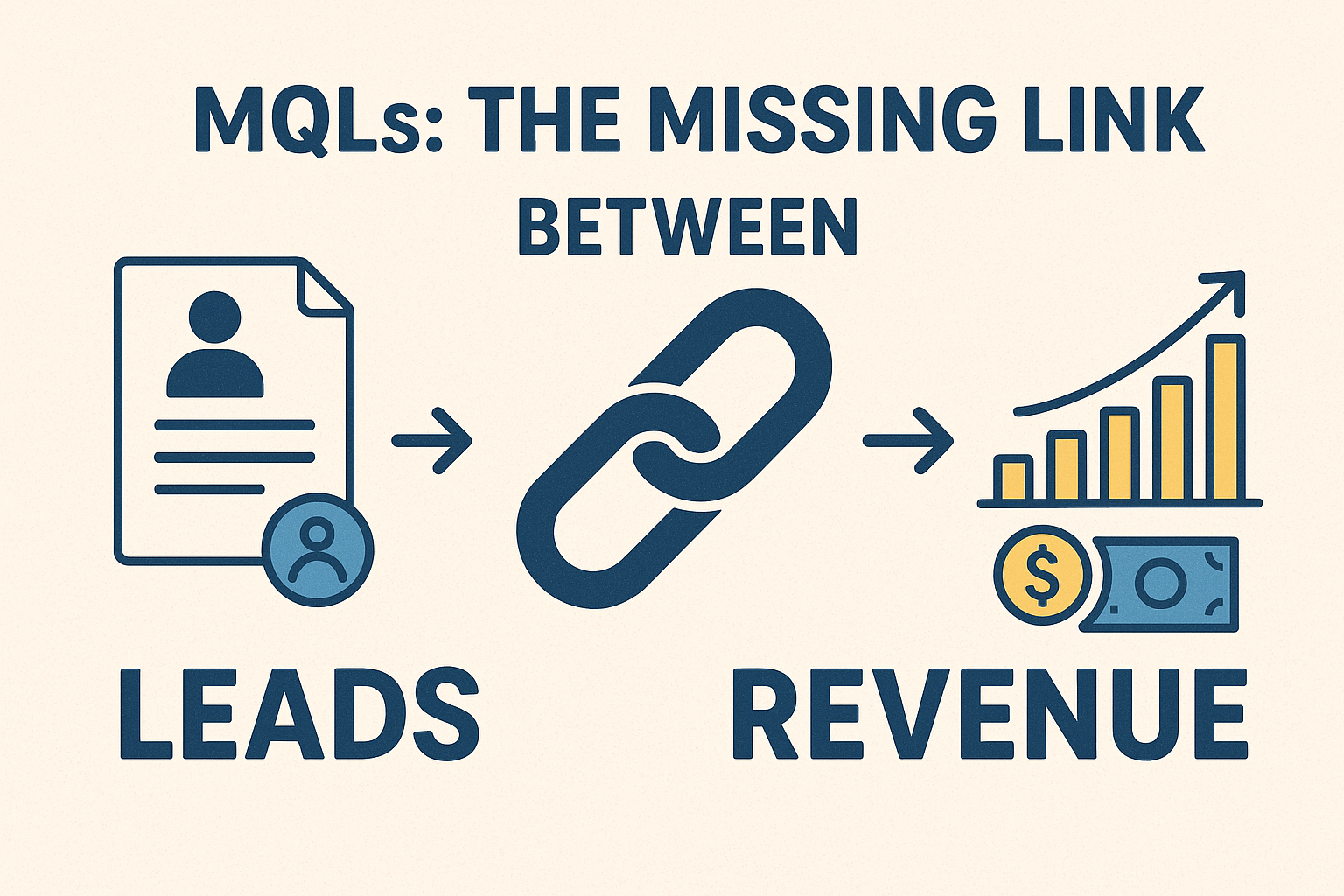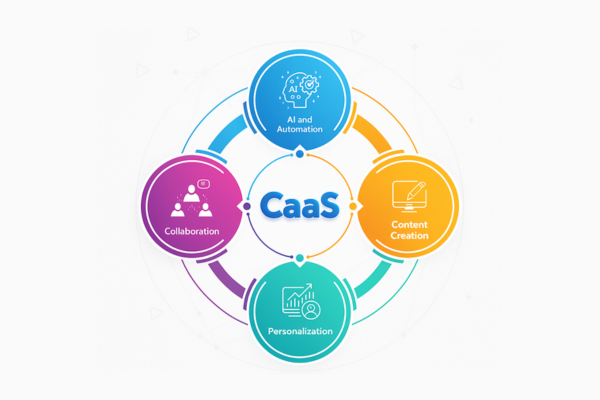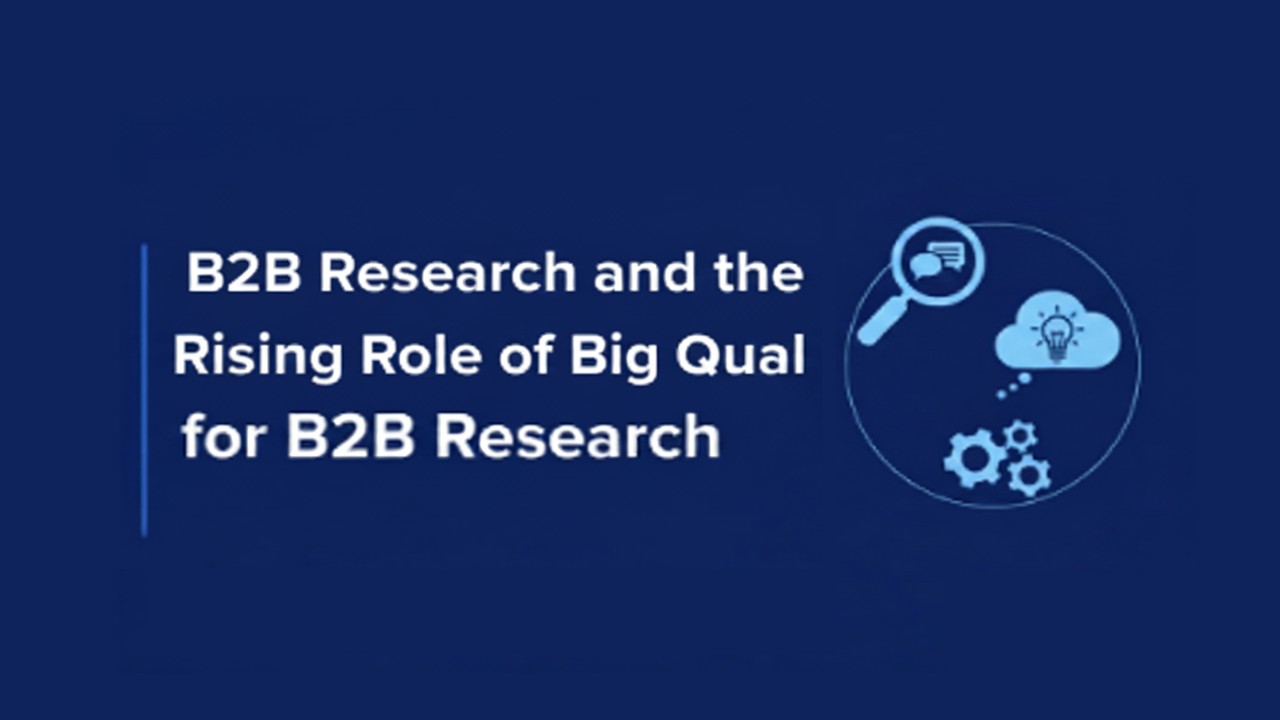Businesses today collect a massive volume of data from sign-ups, website activity, and social media interactions. However, much of this raw information is incomplete, fragmented, or lacks the necessary context for effective decision-making. This is where data enrichment becomes essential.
By enhancing existing datasets with valuable, verified insights from trusted sources, companies can transform simple records into actionable intelligence. This process leads to a deeper understanding of customers, allows for superior personalization, and drives a higher quality of sales leads.
In this comprehensive guide, we will explore the definition of data enrichment, its operational mechanics, the different layers of data it involves, and why it is a non-negotiable strategy for modern, data-driven organizations seeking a true competitive advantage.
Table of Contents
Toggle1. What Is Data Enrichment?
Data enrichment is the process of refining and expanding existing information by adding valuable details from internal or external sources. The main goal is to convert fragmented records into complete, trustworthy data that supports better decision-making.
For instance, your CRM might only have a contact’s name and email address. Through enrichment, you can include job title, company size, location, and industry details, providing a clearer understanding of your audience.
In short, data enrichment transforms basic data into actionable intelligence. It enables marketing and sales teams to engage more meaningfully and drive better results.
2. Why Data Enrichment Matters for High-Quality Leads
Every business wants high-quality leads, prospects more likely to convert. Yet, without accurate and detailed data, identifying and nurturing such leads becomes guesswork.
- Improved Personalization – Enriched data helps marketers deliver messages that speak directly to each audience segment. Consequently, personalized communication builds stronger relationships and improves engagement rates.
- Better Lead Scoring and Targeting – With attributes such as company size, revenue, and buying behavior, sales teams can prioritize prospects that best match their ideal customer profile. This ensures marketing resources are focused effectively.
- Enhanced ROI – When campaigns target the right audience at the right time, conversions rise while acquisition costs drop. Moreover, enriched data boosts segmentation accuracy, leading to better resource allocation.
- Stronger Customer Relationships – Understanding customer preferences allows brands to create relevant, value-driven experiences. Therefore, data enrichment strengthens loyalty and long-term engagement.
Accurate data leads to accurate insights, and that’s the foundation for consistent lead quality improvement.
3. Types of Data Used in Enrichment
Data enrichment combines multiple data layers to build a 360-degree view of customers:
- Demographic Data – Age, gender, and income for audience segmentation.
- Geographic Data – Location-based details to design localized campaigns.
- Firmographic Data – Company size, revenue, and industry, essential for B2B targeting.
- Technographic Data – Information about a company’s tech stack to personalize outreach.
- Behavioral Data – Insights into actions such as website visits or email interactions.
- Intent Data – Tracks research topics or buying signals to predict readiness.
Together, these elements help businesses understand their audience deeply and communicate more effectively.
4. How the Data Enrichment Process Works
A well-structured data enrichment process ensures consistency and accuracy.
Step 1: Audit Your Data
Start by identifying gaps in your existing database. Determine what’s missing, demographics, firmographics, or behavioral details.
Step 2: Source Reliable Data
Gather missing information from trusted sources like verified databases or enrichment tools. Always prioritize data quality and compliance.
Step 3: Validate and Match
Ensure that new data accurately aligns with existing records. Validation helps avoid duplication and errors.
Step 4: Integrate and Standardize
Merge the enriched data into your CRM and standardize formats for consistency.
Step 5: Maintain and Refresh
Since business data changes frequently, regular updates are essential. In fact, according to ZoomInfo, nearly 30% of B2B data becomes outdated every year. Continuous maintenance keeps your data relevant and reliable.
5. Challenges in Data Enrichment
While the benefits are impressive, there are challenges businesses must navigate.
- Data Quality and Accuracy – Not all data sources are reliable. Therefore, verifying data before integration is critical to maintaining accuracy.
- Privacy and Compliance – Regulations such as GDPR and CCPA require responsible data usage. Transparency and consent are non-negotiable.
- Integration Complexity – Integrating enriched data across multiple platforms can be tricky. A unified data architecture simplifies this task.
- Data Decay – Even enriched data loses value over time. Regular validation ensures continued usefulness.
- Cost and Resources – Data enrichment requires investment, but the long-term payoff in conversion rates and ROI makes it worthwhile.
6. Best Practices for Effective Data Enrichment
To maximize impact, follow these practical steps:
- Set Clear Goals – Define objectives such as improved targeting or better lead scoring.
- Maintain Data Hygiene – Clean existing data before enriching it.
- Use Reliable Vendors – Choose providers that maintain high accuracy and compliance.
- Automate Updates – Implement AI-based enrichment tools for real-time accuracy.
- Measure and Optimize – Track results and continuously improve your approach.
- Stay Ethical – Respect privacy and handle user data responsibly.
When applied consistently, these practices create a sustainable, data-driven ecosystem.
7. The Future of Data Enrichment in B2B Marketing
As digital transformation accelerates, data enrichment is evolving rapidly. With AI and machine learning, enrichment now happens in real time, analyzing, updating, and refining data automatically.
Furthermore, predictive analytics will soon merge with enrichment to forecast buying behavior. Businesses that invest in intelligent enrichment solutions today will be well-prepared to attract, nurture, and convert high-quality leads tomorrow.
In essence, enriched data isn’t just about accuracy, it’s about creating smarter, faster, and more personalized business interactions.
Conclusion
Data is the foundation of every marketing effort, but it only holds value when it’s complete and accurate. Data enrichment bridges this gap, turning fragmented data into powerful insights that drive conversions.
From better targeting to more meaningful personalization, enriched data empowers companies to generate high-quality leads that fuel long-term growth.
As technology continues to evolve, those who embrace data enrichment will not only stay ahead, but also lead the next wave of B2B marketing innovation.
I hope you find the above content helpful. For more such informative content, please visit PangeaGlobalServices.
FAQs:
1. How does data enrichment help generate high-quality leads?
By filling in missing details like company size, industry, or contact information, data enrichment allows sales and marketing teams to better qualify and segment leads. This ensures that campaigns reach the right audience and convert more effectively.
2. What is the difference between data enrichment and data cleansing?
Data enrichment adds new and valuable information to existing records, while data cleansing focuses on correcting, updating, or removing inaccurate or duplicate data. Both processes work together to maintain a clean and actionable database.
3. What are the key benefits of implementing data enrichment?
Some of the main benefits include improved lead scoring, better personalization, enhanced customer experience, accurate analytics, and higher marketing ROI. It helps businesses make smarter, data-driven decisions.
4. How often should companies perform data enrichment?
The frequency depends on how quickly your data changes, but most businesses benefit from enriching their databases at least once every quarter. Regular enrichment ensures your data stays accurate, complete, and ready for effective lead generation.
